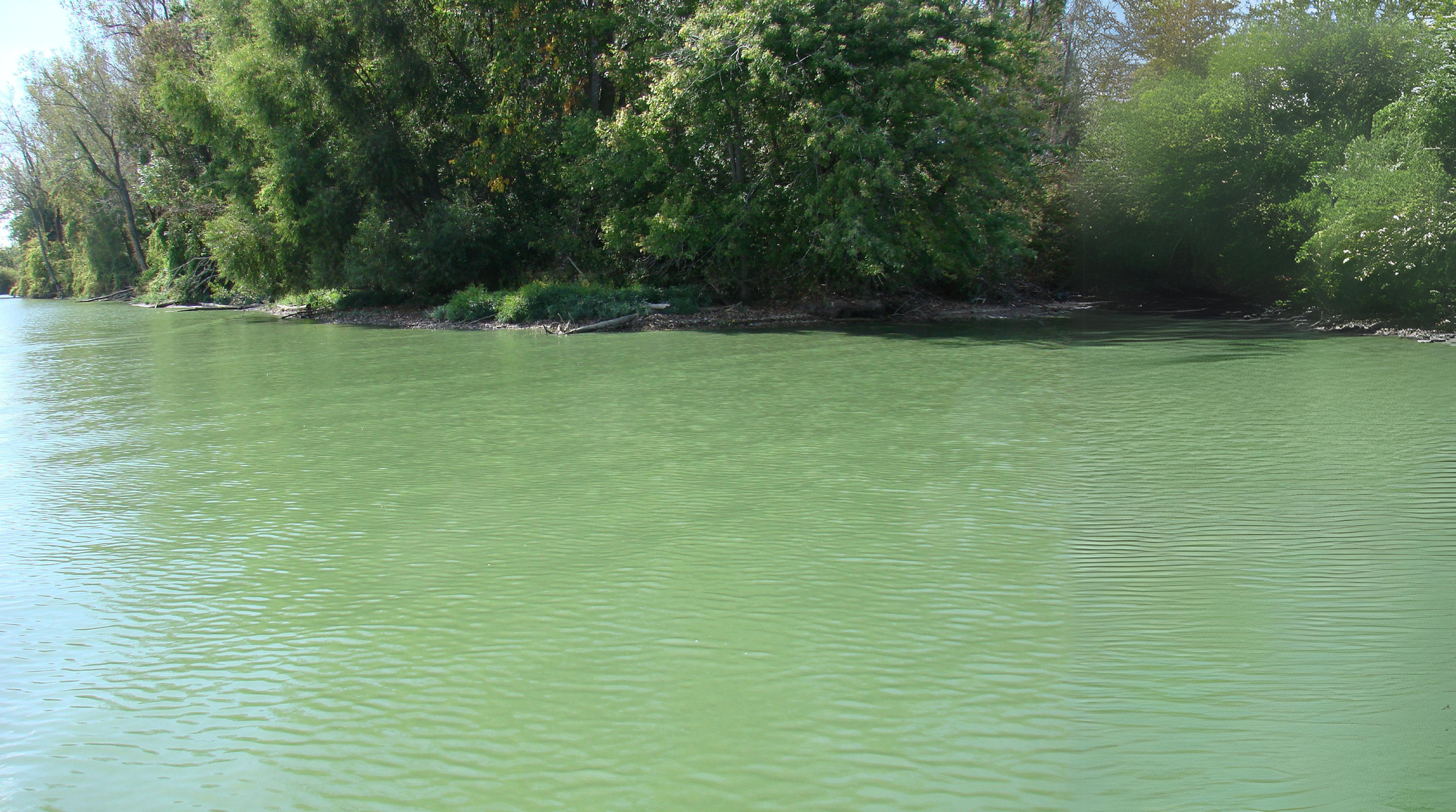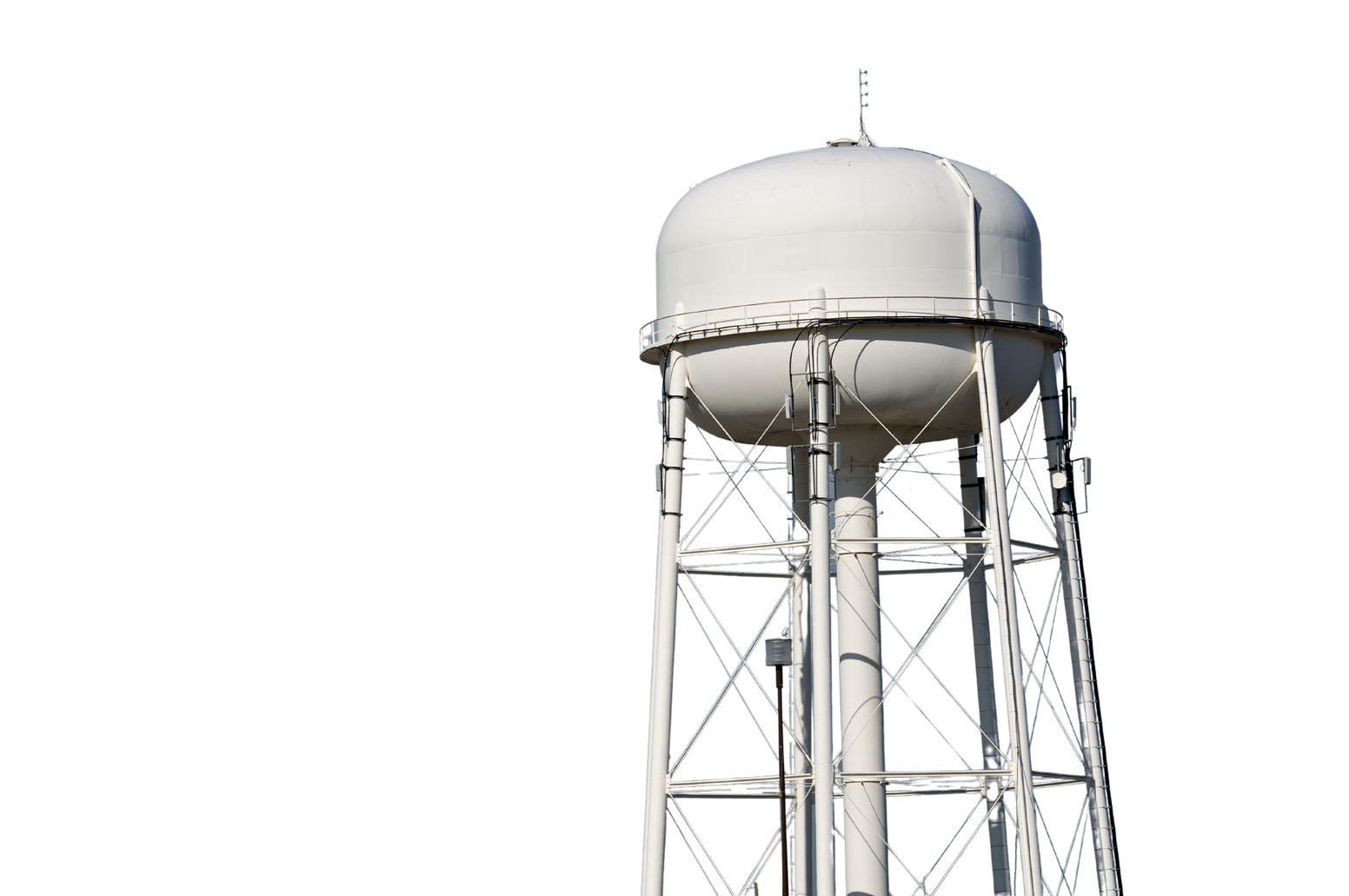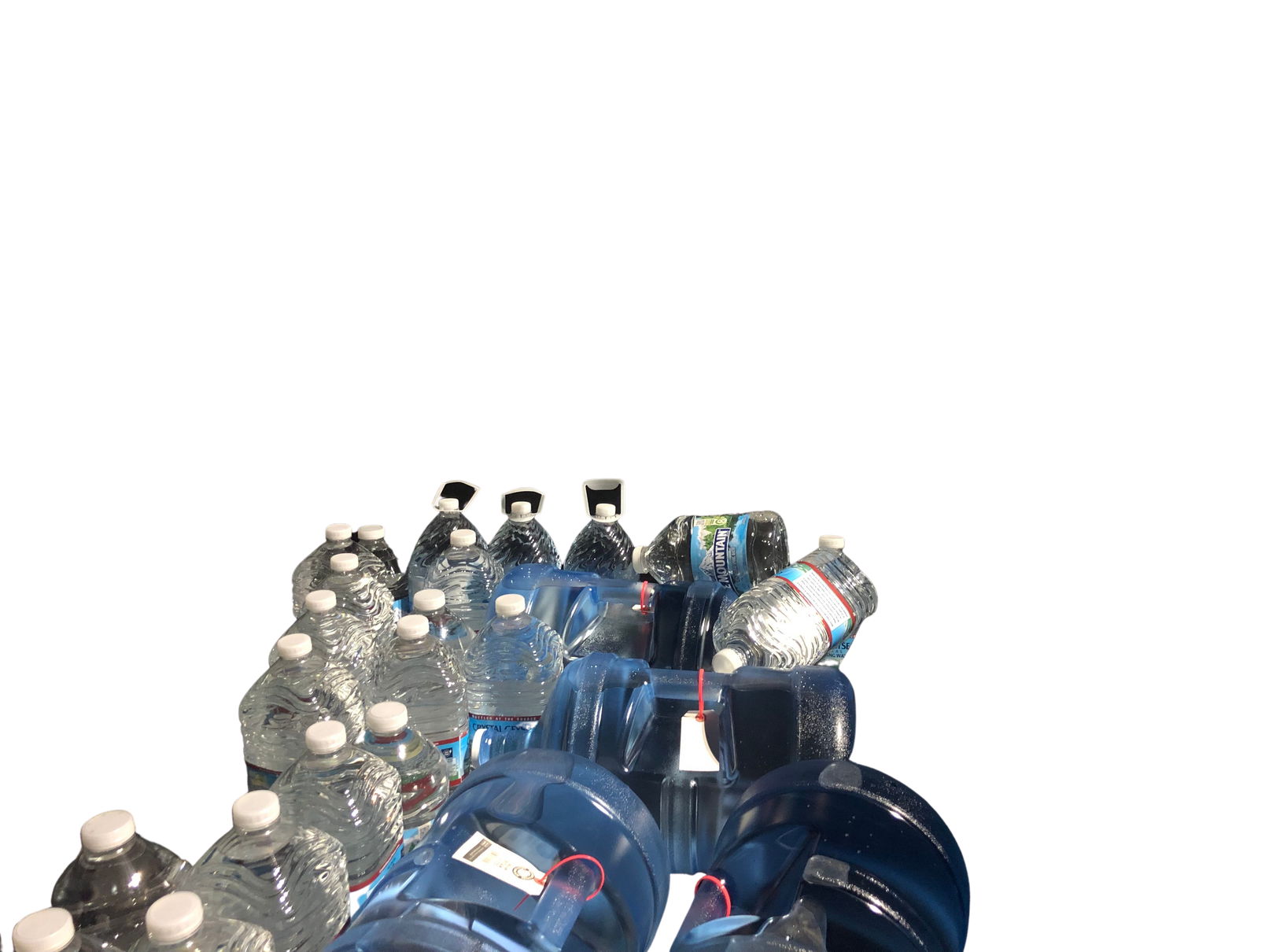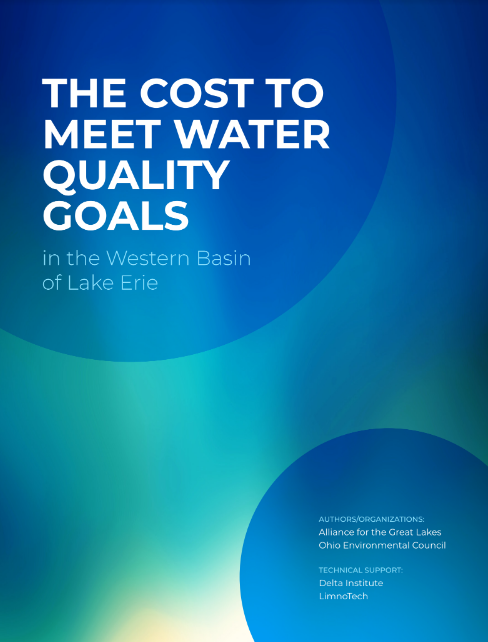

10 Years After the Toledo Water Crisis
A community’s journey through fear, connection, and hope




On August 2nd, 2014 the residents of Toledo were alerted that their water was unsafe to drink, use, or even touch. An essential element often overlooked until the impact of it’s absence was felt.
Tiesha
As the news spread, residents didn’t know what to do. Many were unable to drive, unable to carry heavy loads, and unable to get to their loved ones.
Monique
Andrea
Toledo Resident
The power to solve the problem came not from outside, but from the connection within the community.
David
Community members bound together to take care of people of color, the elderly, mothers with small children, those experiencing poverty, and other groups who were disproportionately at risk during this crisis.
Monique
They showed each other empathy in a time when isolation would have been easy.
But unity does not occur without obstacles. In their pursuit of safe water, residents didn’t know who to trust for broader support. The supply of bottled water was quickly running out causing prices to skyrocket out of range for most families. They needed help.
Community leaders and city officials began to mobilize toward a solution. The water supply had to be restored and the people of Toledo needed to be supported until the peak of the crisis retreated.
Andrea
The half a million people who went without easy access to safe and affordable drinking water for three days did regain access, but systemic change needed to happen.
Over the next several years city officials have worked to improve Toledo’s water quality through improvements to the treatment plant, sewer system, and waterways. Farmers and conservationists worked to put research into practice by understanding the impact of current farming practices and creating a new best management practice certification program.
Toledo Resident
Toledo Resident
Marya
In 2015, the Governors of Ohio and Michigan and the Premier of Ontario committed to reducing phosphorus inputs to Lake Erie by 40% by 2025. Since 2019, the H2Ohio program has made progress toward reducing phosphorus nutrient pollution through wetland construction and incentivizing in-field practices. But we are not yet on target to meet our goals.
Report detailing how the Lake Erie region what steps must be taken to meet water quality goals.
The people whose lives were changed on August 2nd should never have to live through...
Trebor
Monique
Toledo Resident
…caused by the impacts of pollution on our drinking water. Ohioans have the power to ensure that a crisis like this never happens again. Together we can:
Be aware
Toledo Resident
Hold decision makers accountable
Marya
Take action in your community
David
Take action to support safe, affordable drinking water by:
- Getting in touch with your local community organization
- Toledo: Junction Coalition
- Cleveland: Alliance for the Great Lakes
- Youngstown: Friends of the Mahoning River
- Columbus: Franklin Soil and Water Conservation District
- Athens: Athens Conservancy
- Cincinnati: Ohio River Foundation
- Email your Ohio legislator about supporting significant, sustained new investments to improve in-field conservation practices.
Toledo Resident
.
All people deserve safe, affordable water.
